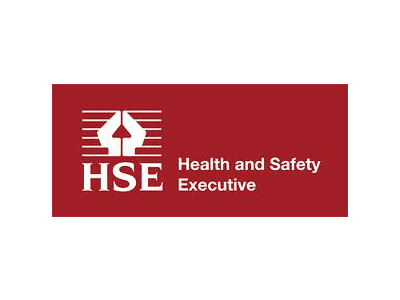Some of these key risks include:
- Regulatory fines: With new regulations being proposed and enacted across the globe, companies may face financial penalties for non-compliance.
- Loss of business: Investors, stakeholders, and partners are increasingly taking ESG performance into consideration in their decision-making processes, potentially leading to lost opportunities.
- Employee turnover: A company’s ESG stance can impact its ability to attract and retain talent, especially among younger generations.
To mitigate these risks, organisations can leverage the connections between their EHS and sustainability functions. This may include establishing governance structures that oversee both EHS and ESG initiatives and building on experience with EHS audits and verifications.
To remain compliant and avoid legal penalties and fines, companies need to embed ESG and EHS initiatives into their health and safety strategy.
The Intersection of Environmental and Safety Concerns
The environmental aspect of ESG is closely linked to occupational health and safety. Companies need to integrate environmental risk assessments into their health and safety policies, addressing issues such as air and water quality, hazardous material handling, and sustainable waste management.
At William Martin, our consultants can transform your environmental compliance by giving you everything you need to be environmentally friendly and take your compliance to the next level.
We regularly assess and reassess the environmental effects of your business. This includes:
- Environmental impact audits (in accordance with ISO14001 environmental management)
- Environmental management.
- Planning and monitoring.
- Waste audits.
- Policy
- Implementation.
- Review
This holistic approach ensures that both employee safety and environmental protection are given equal importance.
Financial Implications and Investor Interest
Not only can incorporating ESG principles into health and safety practices ensure compliance, but it can also have significant financial benefits. By reducing accidents, injuries, and illnesses, companies can lower costs associated with medical expenses, compensation claims, and legal liabilities.
Moreover, investors are increasingly considering health and safety performance in their ESG assessments, making companies with robust practices more attractive for long-term investment.
What are the Best Practices for Integrating ESG and Health & Safety?








